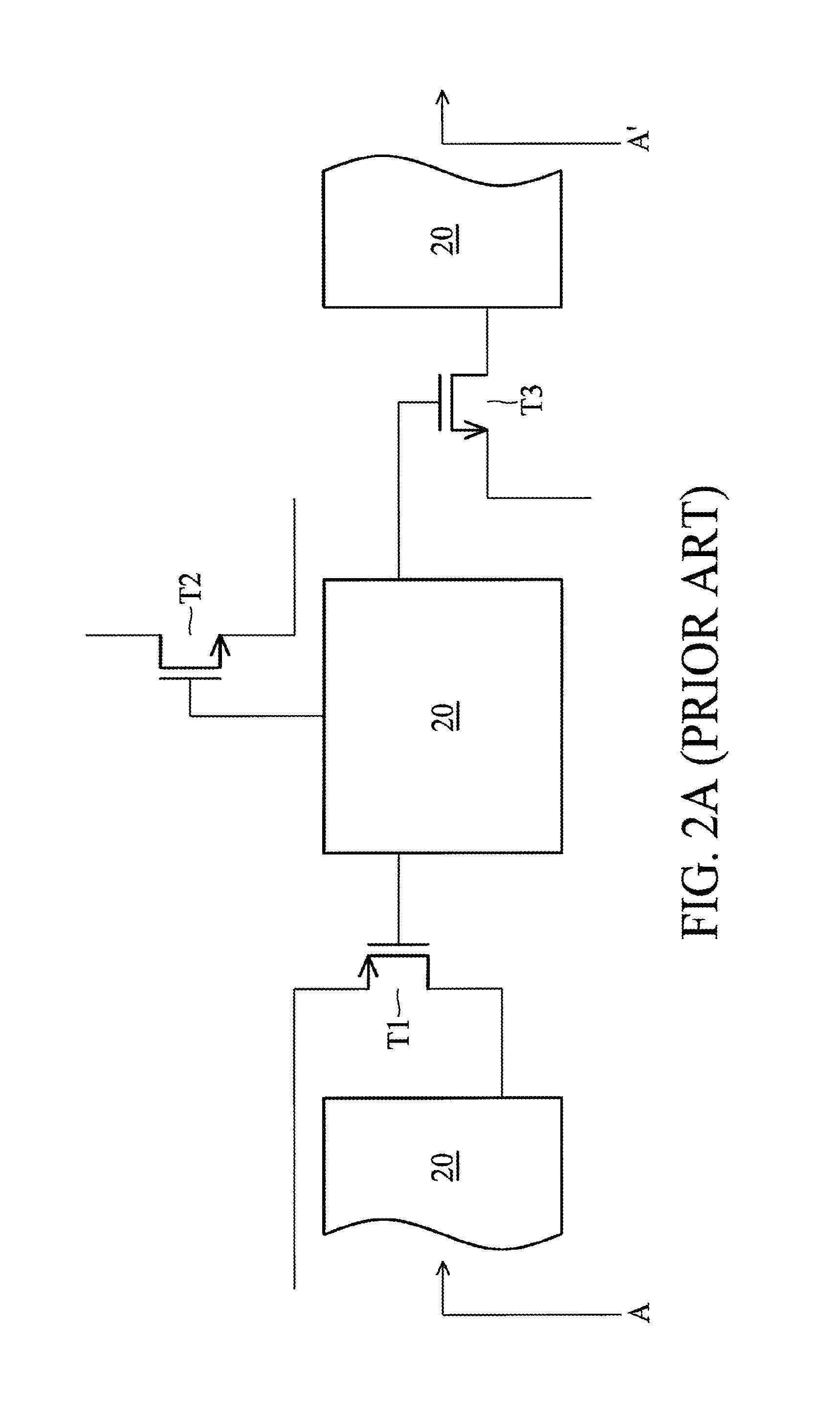Chip pad resistant to antenna effect and method
a chip pad and antenna effect technology, applied in the direction of electrical equipment, semiconductor devices, semiconductor/solid-state device details, etc., can solve the problems of reducing the strength of the gate oxide, affecting the performance of the gate poly electrode, etc., to achieve the effect of being resistant or immune to the antenna
- Summary
- Abstract
- Description
- Claims
- Application Information
AI Technical Summary
Benefits of technology
Problems solved by technology
Method used
Image
Examples
Embodiment Construction
[0023]The making and using of the presently preferred embodiments are discussed in detail below. It should be appreciated, however, that the present invention provides many applicable inventive concepts that can be embodied in a wide variety of specific contexts. The specific embodiments discussed are merely illustrative of specific ways to make and use the invention, and do not limit the scope of the invention.
[0024]The present invention will be described with respect to preferred embodiments in a specific context, namely chip pad structures and methods resistant to antenna effect. The preferred embodiments may be used as probe pads on a parametric testline that is typically formed in an area between adjacent IC dies on a wafer and used to measure the electrical characteristics of the devices formed in an IC. The preferred embodiments may also be used as bonding pads on an IC that are bonded by metal wires to make electrical connections to an IC package. The antenna-effect-resistan...
PUM
 Login to View More
Login to View More Abstract
Description
Claims
Application Information
 Login to View More
Login to View More - R&D
- Intellectual Property
- Life Sciences
- Materials
- Tech Scout
- Unparalleled Data Quality
- Higher Quality Content
- 60% Fewer Hallucinations
Browse by: Latest US Patents, China's latest patents, Technical Efficacy Thesaurus, Application Domain, Technology Topic, Popular Technical Reports.
© 2025 PatSnap. All rights reserved.Legal|Privacy policy|Modern Slavery Act Transparency Statement|Sitemap|About US| Contact US: help@patsnap.com



